10 Articles on SAT Essay You should read to Improve Your Score
- It’s Your Chance to Get Higher SAT Score Today!
- SAT ESSAY TIPS: 10 APPROACHES TO IMPROVING YOUR SCORE3
- SAT ESSAY TIPS: EFFICIENT WAYS TO IMPROVE YOUR SCORE
- SAT Score Range: What’s an Expected SAT Range for Various Colleges?
- SAT SCORE RANGE: WHAT’S AN ACCEPTABLE AND DESIRABLE SAT SCORE FOR COLLEGE?
- 7 Things to Know About the New SAT Essay
- How to Get a Perfect 8|8|8 SAT Essay Score
- The SAT Essay
- 5 Tips for Writing the SAT Essay
- 5 Tips for a Top Essay on the New SAT
- SAT Essay Tips: 15 Ways to Improve Your Score
- SAT Tip: Pointers for a Perfect Essay
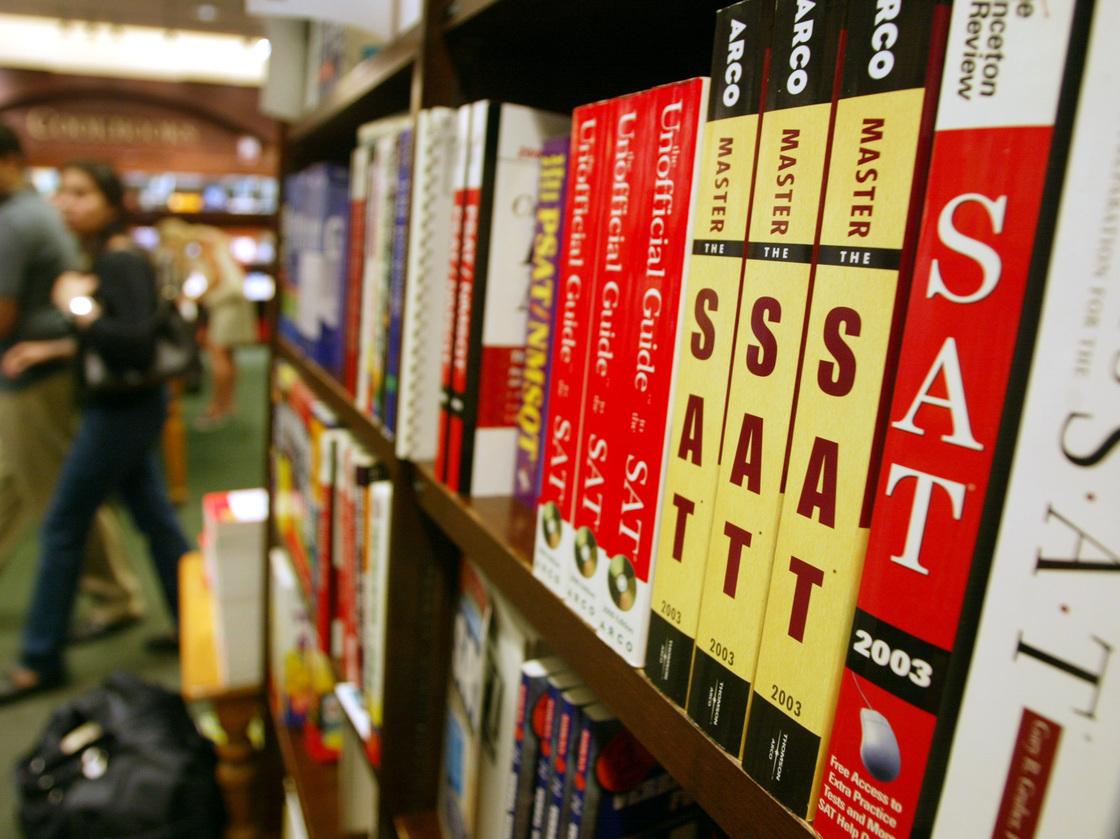
1. Understand the new SAT design
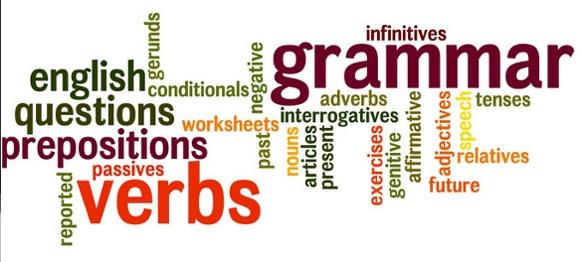
So the SAT essay has changed. As in really changed. No longer will you have to argue a point using contrived examples from either history or your personal life. Instead you are going to read a complex, opinion-driven essay. And here’s the kicker: you will not be asked whether you agree or disagree with the author’s point. Instead, you are going to write an essay that discusses how the writer goes about trying to persuade his or her audience.
An important first step is to know the directions, which won’t change test day since the SAT will recycle them, word-for-word, as they appear below.
“Consider how the author (the name will change each time) uses
- Evidence, such as facts or examples, to support claims.
- Reasoning to develop ideas and to connect claims and evidence.
- Stylistic or persuasive elements, such as word choice or appeals to emotion, to add power to the ideas expressed.
2. Know the fundamentals of rhetoric
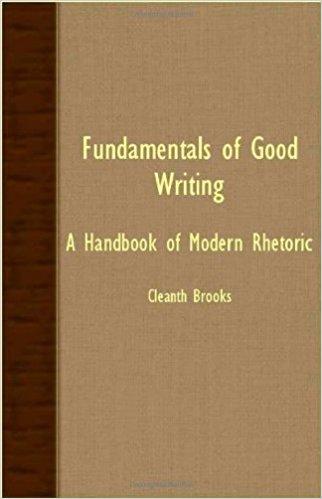
It’s good to know how writers go about persuading us. Indeed, the ancients—meaning Greek dudes walking around in togas—developed a glossary of terms to describe the way a speaker or writer aims to persuade his or her audience.
Rhetor
This is a fancy way of referring to the speaker/writer, the person trying to argue at point. Those he or she aims to persuade is the audience. For the SAT, the writer of the article is the rhetor; the audience is made up of those who originally read the work. You, the SAT reader, however, are not the audience. Instead, you should think of yourself as a referee or judge. Your job is to describe how the rhetor is trying to persuade his or her audience.
Pathos
We are not robots; we are moved by passionate appeals. Compare the following:
Closing the school down will exert a negative effect on the community at large.By closing down the school, administrators will displace hundreds of young children who have only just begun to forge friendships; additionally many local residents employed by the school might be forced to move from the area.
Both sentences are saying the same thing. But the first sentence likely leaves you feeling cold; the language is vague and technical. The second, by contrast, tugs at your heartstrings (the poor children!) Were this written on a petition to save the school, you’d be far more likely to sign it than the first sentence, I’m guessing. And that’s the point of pathos: it hopes to persuade us by appealing to our emotions.
Ethos
It is possible to make the sentence with the school even more persuasive without appealing even more to our emotions. How? Well, compare the following:
According to the United States Department of Education, closing down the school will displace hundreds of young children who have only just begun to forge friendships; additionally many local residents employed by the school might be forced to move from the area.
All I did was attribute—or credit—the idea to an entity. But not just any entity. I appealed to the highest educational authority in the land. After all, if I put “I think”, you might wonder, who the heck I am. But by putting the United States Department of Education, I’ve invoked the highest authority in the land in matters of education.
Ethos refers to the credibility of the speaker.
On the SAT essay, ethos will often take the form of “a study released by Harvard Medical school”. That is, the writer will quote where he or she is getting the information from. And it will never be their neighbor or that one lady they talked to on the bus. Writers will always quote leading authorities to give their claims greater authority. That way, their audience is more likely to be persuaded.
Logos
You might be thinking that the kids should just be able to go to another school. And surely there are more jobs in the area. Those are valid objections and that’s why writing doesn’t just aim to persuade us at an emotional level (pathos) but also at an intellectual or logical level (logos). How does the following use logos to build on the pathos?
Happy Hills Private School is a one of a kind institution for gifted children recruited from all over the country. For many decades it has grown to such a degree that a large community has sprung up consisting of many who depend on the school for the livelihood. If the school shuts down, these educators, administrators and custodians will have to move elsewhere and many local businesses, which depend on their patronage, will be forced to close.
Additionally, by closing down the school, administrators will displace hundreds of young children who have forged deep friendships.
We now have the necessary context to understand the logic behind the idea that a closure of a school means a serious disruption in the lives of students and for the community that depends on the school.
Logos, or logical statements, can often be identified by “if…then” statements. Notice the bolded part above. The second bolded part (“by closing…friendships”) also has a similar structure: if you close the school, this will happen (“by closing down the school, etc.”)
Two important points
All writing that you’ll see will use a combination of ethos, pathos, and logos. Sometimes in the same sentence:
According to the education department’s report, if the school is closed down, hundreds of students will be torn from a nurturing environment and cast into alien—and possibly hostile—environments.
You should not call these rhetorical devices out by name (“the writer uses logos in line 4”) but use them as a general framework to understanding how the writers is trying to persuade his or her audience. I’ll describe how to this in tip #8.
3. Know how the new SAT essay is scored
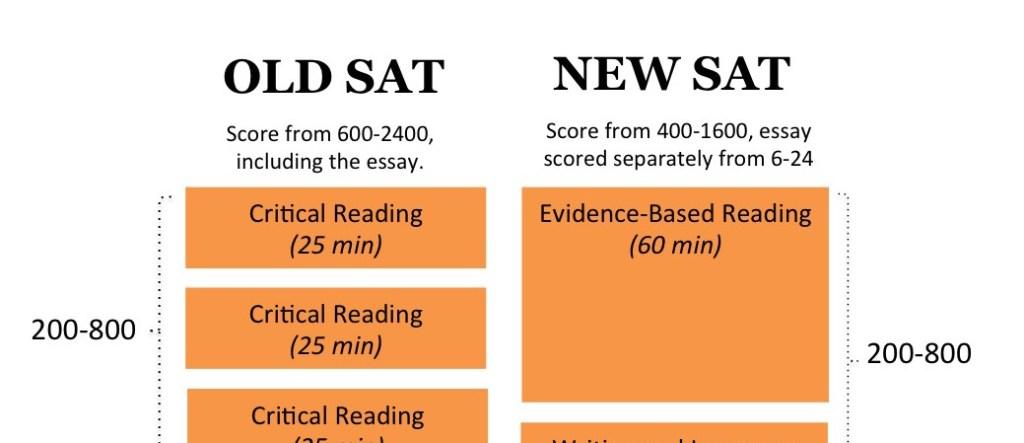
Unlike the old SAT essay, which has a single score, the new SAT essay will contain three scores, one for reading, one for analysis, and one for writing. Two graders will score the essay and these scores will be added up. In the end, we get a grand total of 24, or a range of 2-8 for each of the three areas. A score report will look something like this: 7 reading/6 analysis/6 writing. While that adds up to 19, the SAT will deliver the score split three ways.
It’s also a good idea to know what these three different categories are. The reading score reflects your ability to understand the passage that you have to read. For instance, if you misinterpret what the author is trying to say this is going to hurt your score.
Analysis, which I will go over in depth in tip #8, is your ability to analyze how the author goes about persuading his or her audience. Remembering the fundamentals of rhetoric is a great first step.
Finally, writing is just what it sounds like: how do you use words to create sentences and convey your thoughts? Do you so in a way that is grammatically sound and your meaning is clear?
4. Read sample SAT essays
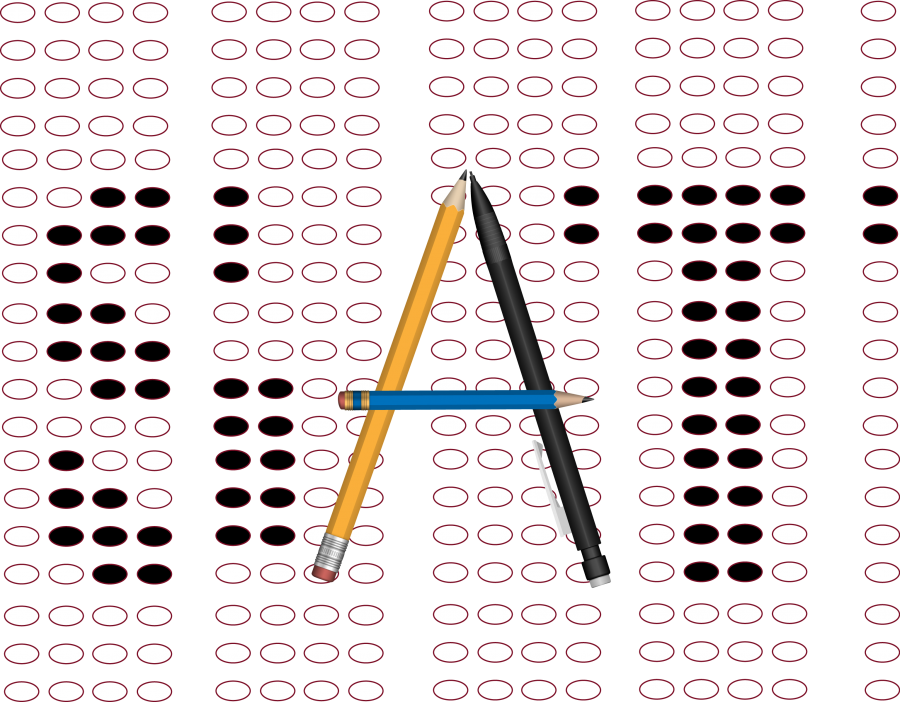
The College Board has provided us with new SAT essay samples. You might think to skip over these—but don’t. I can pontificate all day on what the test writers are looking for, but unless you actually look at how specific essays are graded, along with copious feedback from the graders, you won’t really get a sense of what the test writers are looking for.
You also won’t get a sense from what separates a writing score of ‘4’ from a writing score of ‘3’, an analysis score of ‘2’ from an analysis score of ‘1’, and so on. But you get all of that here: so study the prompt, the essay responses, the essay scores, and finally the feedback. Return to these samples essays often as you prep for the essay. Compare your essays to the samples to see where you’d likely score.
5. Assess your strengths and weaknesses

In looking at the samples, you’ll likely see things that the writers do well, and things they don’t do so well. Oftentimes our standard is our own writing. By looking at the samples, you’ll get a sense of the issues you need to work on. Maybe you can write wonderful flowery sentences, full of phrasal twists and turns. But when you read the passage, you are not exactly sure what to analyze or exactly what the essay graders are looking at when they grade for analysis (for more on analysis see step #8).
Of course, you might get the gist of the analysis, but you feel that you can’t get your thoughts down on paper, that you just freeze up midsentence.
6. Learn to outline your ideas based on the new SAT design

Whenever you are faced with a timed essay, it is a natural response to want to begin writing as soon as the teacher/proctor says “time”. If you don’t plan on how you’ll attack the essay, however, your essay will lack the organization the test graders are looking for. Most likely, you’ll describe the main points of the essay and just list out what you think are the rhetorical devices the author uses. The essay will lack any overarching point.
Instead, first write down a few main points the author is making. Then, quickly write down three distinct areas in which the author is using rhetoric. This second bit will help you focus your analysis. Often, it is a good idea to break up paragraphs either by the different areas of analysis used in the essay or by the specific points the author is trying to make and how he or she is specifically going about persuading the reader. By outlining you’ll have a clear idea of what you are going to write about, versus frantically grasping onto unrelated ideas just to keep the writing afloat.
7. Vary your sentence structure and vocabulary
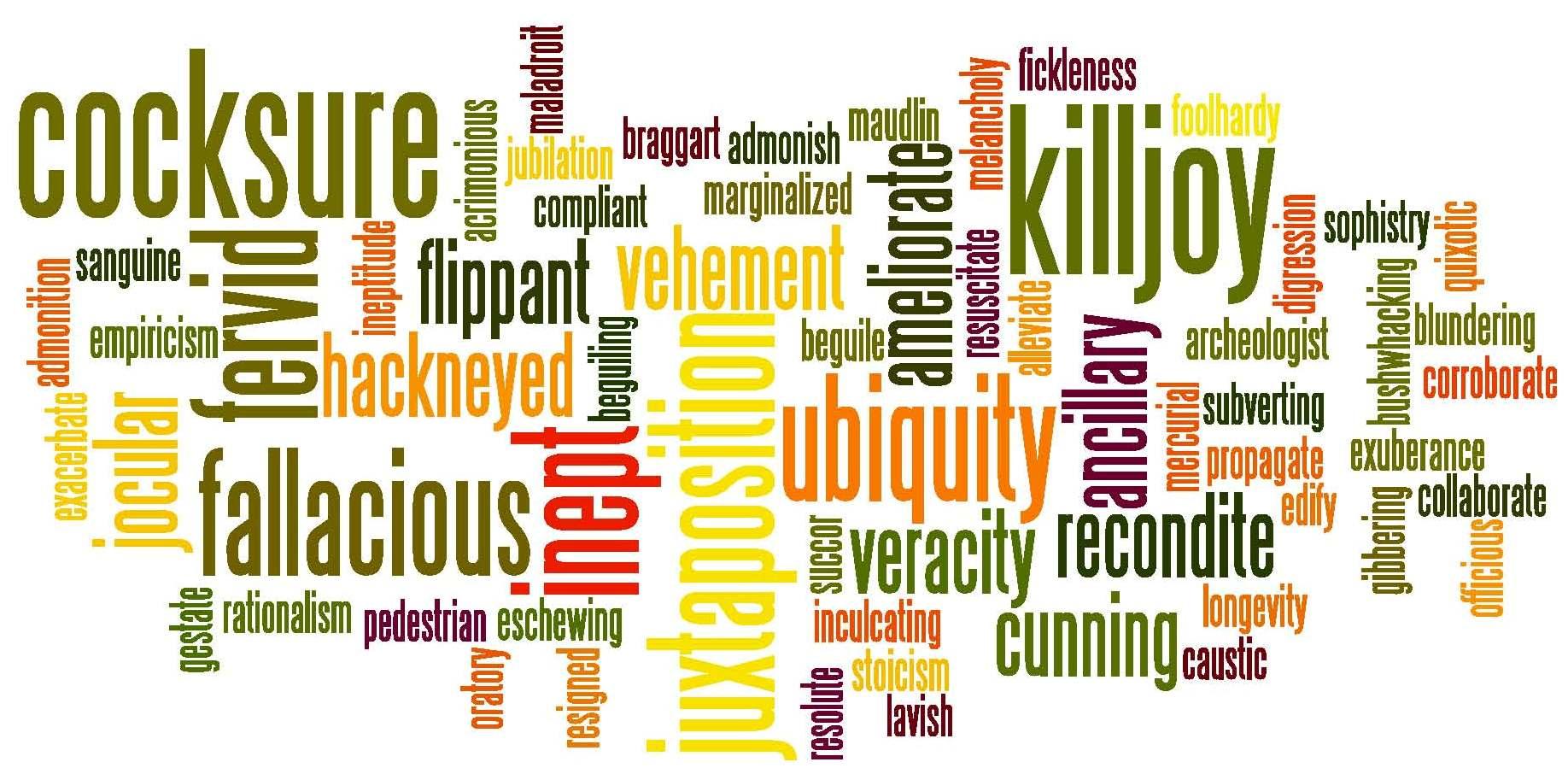
The SAT is an important test. The essay is very important for some. You need to understand what the test writers are looking for. This post will help you that.
What do you notice about these four short sentences? Do they put you off from reading more? The reason is that the sentence structure is almost exactly the same: subject + verb + object. Additionally, these four sentences lack any transitions, such as the word “additionally”.
Changing up your sentence structure makes your writing far more compelling. And using transitions will help tie ideas together both between and within sentences.
Finally, you’ll want to avoid using vague words such as “good”, “big”, especially if you repeat them. Notice the first two sentences use the word “important”. I’m not saying you should avoid this word altogether. But repeating it so closely together smacks of monotony, much as the sentence structure does.
Now, I’ll communicate the same ideas in the intro bit, varying up the sentence structure and vocabulary, while offering some helpful transition words.
Many know the SAT might be the most important test for college admissions. Yet, for some, the essay can also play a significant role. For this group, understanding how the essay has changed and what the test graders expect is paramount. Hopefully, this post will help you that.
8. Work on understanding the analysis

What really makes the new SAT essay different—besides the fact that you don’t have to state your opinion—is the analysis. While many students are capable writers and have no issue comprehending what the author is trying to say, they aren’t sure how to go about discussing how exactly the author is trying to persuade us.
In tip #2, I talked about rhetoric, or the tools an author uses to persuade us. Understanding these is a first step to analyzing the essay. But you’ll want to go a step further. Since each essay is very specific, it’ll be doing things that can loosely be categorized as falling under pathos, logos, or ethos. Make sure you describe these specific things. For instance, let’s take an essay from a College Board official guide.
At my family’s cabin on a Minnesota lake, I knew woods so dark that my hands disappeared before my eyes. I knew night skies in which meteors left smoky trails across sugary spreads of stars. But now, when 8 of 10 children born in the United States will never know a sky dark enough for the Milky Way, I worry we are rapidly losing night’s natural darkness before realizing its worth. This winter solstice, as we cheer the days’ gradual movement back toward light, let us also remember the irreplaceable value of darkness.
-Adapted from Paul Bogard, “Let There be Dark”
It is not enough to say, “the author uses pathos because he reminds the author of a childhood experience and such experiences appeal to our emotions.” This is pretty obvious and superficial. Digging deeper means looking at the very specific writerly choices the author makes to really get into our psyche. Here is one possible way to describe this:
To illustrate just how much darkness has become a scarce resource, Paul Bogard draws upon memories of the night sky from when he was a child. The author, though, is not merely content to describe the night sky but dramatizes the darkness: “I knew woods so dark…eyes”. Furthermore, he uses metaphorical descriptions to capture the intensity of the sky (“sugary trails”). As readers, we are readily transported to the vista unfolding above him. This description also allows the author to set up the dramatic contrast with tonight’s sky when he describes many children today who will “never know” such a sky. This last bit creates an effect of urgency: something must be done.
Notice I didn’t say “pathos” anywhere. Instead, I described—in meticulous detail—how the author constructs the paragraph to elicit a strong emotional response from the reader. I also analyzed how he constructed the passage, an example of logos; yet I didn’t call logos out by name. Instead, I describe the logic of the transitions and how this affected the emotional effect of the paragraph.
9. Get feedback only from those who’ve read tip #4

Since the new essay is an entirely different animal, many—including your teachers—don’t really know what it is testing. Yet, for feedback, we are inclined to go to our teachers or other intelligent adults in our lives. Make sure that said parties have read sample essays and the scores these essays have received. Otherwise, you might get feedback that doesn’t help you improve in a way that the essay graders are looking for.
One exception is the writing score, since the conventions of writing—what makes a good sentence, good syntax, and good word choice — hasn’t changed. Here is feedback from students who have already taken the new SAT.
10. Read with a critical eye

Assuming you’ve read all of the above and have a good idea of how the SAT essay is constructed, you can start to read a little differently. What do I mean? Well, for the Reading Comprehension section, I recommend that students read articles from the New York Times or some other popular online newspaper. While reading the article, put on your grammar hat on and analyze the sentences. Do you notice the subordinating conjunctions? How about the use—and the correct use, mind you—of em-dashes?
But it’s not just about grammar. By analyzing professional writing, you can improve your writing, noticing the transitions and the vocabulary such articles use. Of course, it doesn’t hurt with your overall comprehension, something that bleeds into both the writing section and the reading comprehension of the new SAT.
